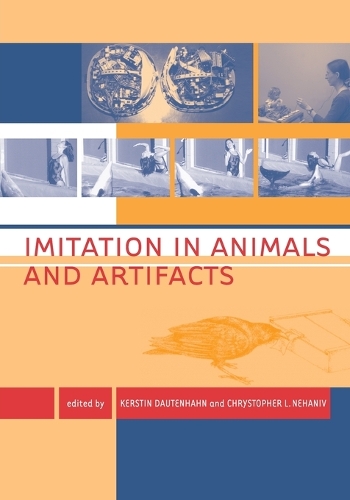
Imitation in Animals and Artifacts
(Paperback)
Publishing Details
Imitation in Animals and Artifacts
By (Author) Kerstin Dautenhahn
Edited by Chrystopher L. Nehaniv
MIT Press Ltd
Bradford Books
21st June 2002
United States
Classifications
Professional and Scholarly
Non Fiction
Cognition and cognitive psychology
Zoology and animal sciences
153.1523
Physical Properties
Paperback
626
Width 178mm, Height 254mm, Spine 38mm
Description
An interdisciplinary overview of current research on imitation in animals and artifacts.The effort to explain the imitative abilities of humans and other animals draws on fields as diverse as animal behavior, artificial intelligence, computer science, comparative psychology, neuroscience, primatology, and linguistics. This volume represents a first step toward integrating research from those studying imitation in humans and other animals, and those studying imitation through the construction of computer software and robots. Imitation is of particular importance in enabling robotic or software agents to share skills without the intervention of a programmer and in the more general context of interaction and collaboration between software agents and humans. Imitation provides a way for the agent-whether biological or artificial-to establish a "social relationship" and learn about the demonstrator's actions, in order to include them in its own behavioral repertoire. Building robots and software agents that can imitate other artificial or human agents in an appropriate way involves complex problems of perception, experience, context, and action, solved in nature in various ways by animals that imitate.
Author Bio
Kerstin Dautenhahn is co-organizer of the Adaptive Systems Research Group at the University of Hertfordshsire, England. Chrystopher L. Nehaniv is co-organizer of the Adaptive Systems Research Group at the University of Hertfordshsire, England.
